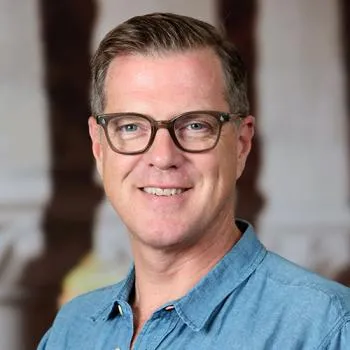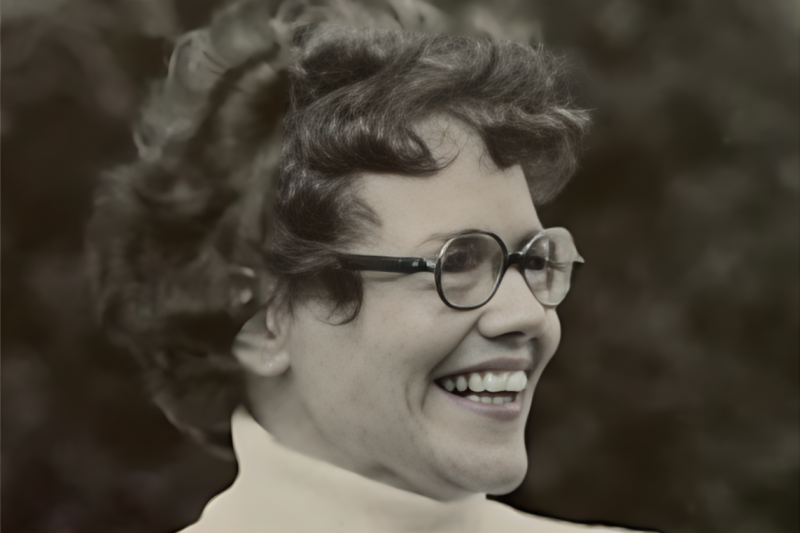
From pipelines to pathways: Researchers call for a new approach to studying academic progress
In the study of higher education, universities have long been viewed as pipelines, preparing students for productive careers in specific fields. But when it comes to understanding how students actually make their way through college, the “pipeline” imagery fails to capture the twists and turns real people often take along the way.
A group of scholars from universities nationwide are calling for a new model for the study of academic progress: an updated approach that accounts for the complexity of university curriculums and students’ journeys through them, providing critical information for researchers, educators, and students alike.
In a paper published in the journal Science on April 28, professors from nine universities — including Stanford, Cornell, Columbia, Texas A&M, and the University of Pennsylvania — urge researchers to replace the “pipeline” metaphor with a focus on “pathways,” a shift they say would both help and compel administrators to update established curriculums based on students’ evolving preferences.
“In science, metaphors guide our understanding of a problem — they shape our approach to observing the world and the way we communicate our findings,” said Mitchell Stevens, a professor at Stanford Graduate School of Education and one of the paper’s lead authors. “The pipeline metaphor has been useful for many years, but it has come to limit our understanding of how academic progress unfolds.”
By shifting to a “pathways” model, he said — with computational tools and techniques that have only recently become available – researchers can transform insights from complex data on academic progress into effective curriculums and support.

Stanford GSE Professor Mitchell Stevens
Rethinking an outdated model
The pipeline metaphor is limiting for several reasons, the authors say. For one, it suggests highly structured, sequenced curriculums aimed at developing skills in particular domains. But many universities encourage students to explore and combine different areas of study, and (as at Stanford) to hold off on declaring a major until midway through their undergraduate experience.
“The pipeline imagery implies that when people enter higher education, they know exactly where they’re trying to go,” said Stevens. “But universities are tasked with providing a full range of options. Students might enter thinking they’re ideally suited for one destination and then learn they’re actually better suited for another.”
The pipeline metaphor treats that kind of departure from the original destination as a “leak,” or a loss, rather than an entry onto another route to graduation.
What’s more, a pipeline metaphor suggests a lack of agency on students’ part, the authors say. “It assumes that students are inert substances being propelled through a structure by external forces,” Stevens said. “But of course, people are actively making decisions about their own education all along.”
A pathways model puts both student agency and the structure of the curriculum at the center, recognizing the interplay between them. It traces the various responses students have to certain academic offerings, identifying “fateful” points in students’ academic progress where choosing a particular major is no longer feasible.
This could help pave the way for interventions that promote equity, the authors write. Many factors go into how students decide on courses and majors, and research into this consideration process could reveal opportunities to intervene — to increase students’ awareness of their options and the possible consequences of their choices.
“Students enter the university with varying amounts of information and different presumptions about how much agency they have over their own education,” Stevens said. “If we can level the playing field of information about pathways and choices, we might mitigate inequalities in college knowledge that people bring with them to school.”
Applying new analytical techniques
In conjunction with a new conceptual model, recent developments in computational science make it possible to analyze more complex data on academic progress, the authors write.
Traditionally, researchers might use statistical techniques to chart enrollment patterns, observing cohorts of students episodically — an approach that produces limited insight into how they consider, choose, and sequence each of their course selections, Stevens said. “You’d default to inference about what happens in between those coarse points of data collection, which is very different from observing the process.”
Newer, more sophisticated computational techniques can better capture the micro-decisions students make and the effects of their choices. Advances in computational modeling can produce visualizations that reveal, for example, varying pathways into particular majors, critical forks on those paths, and curricular overlaps that could inform changes in course offerings and requirements. Machine learning techniques enable the ability to forecast major declarations based on courses selected early in the college career.
To make the application of pathways science more accessible, the authors call for building a shared analytical framework and infrastructure, including a system for standardizing data across institutions, available as open-source analytic tools.
Stevens is co-director of the Stanford Pathways Lab, which offers an ongoing virtual seminar series for researchers that explores the study of academic progress.
The paper’s other authors are René F. Kizilcec from Cornell University; Rachel B. Baker from the University of Pennsylvania; Elizabeth Bruch from the University of Michigan at Ann Arbor; Kalena E. Cortes from Texas A&M University; Laura T. Hamilton from the University of California at Merced; David Nathan Lang from Western Governors University; Zachary A. Pardos from the University of California at Berkeley; and Marissa E. Thompson from Columbia University. Baker, Kizilcec, Lang and Thompson are recent Stanford PhDs.
Faculty mentioned in this article: Mitchell L. Stevens



